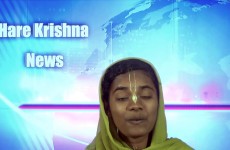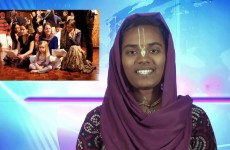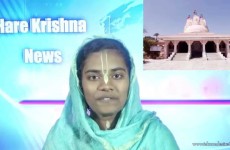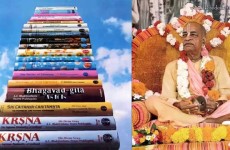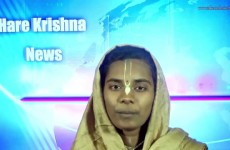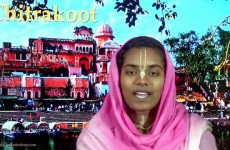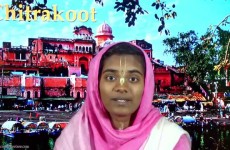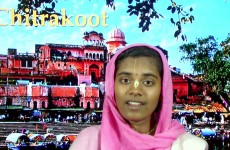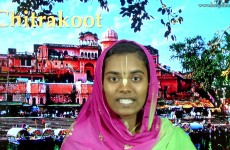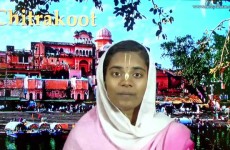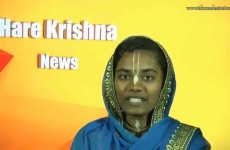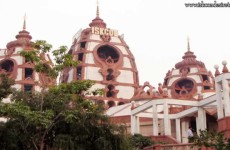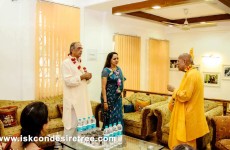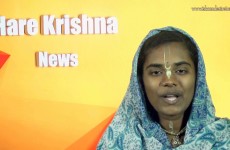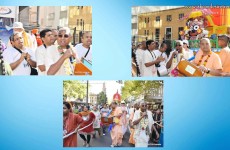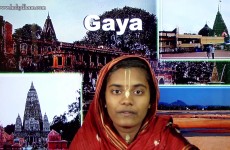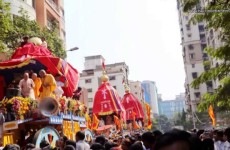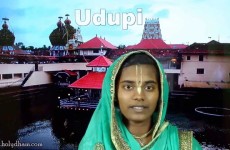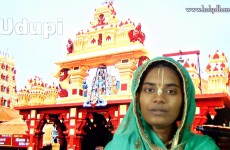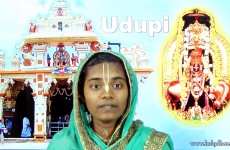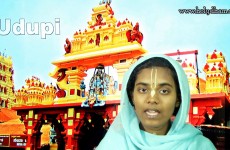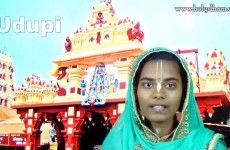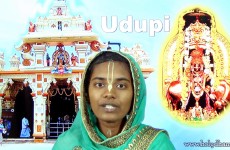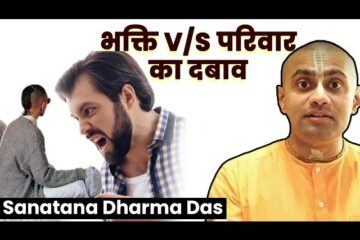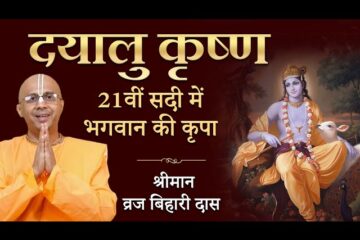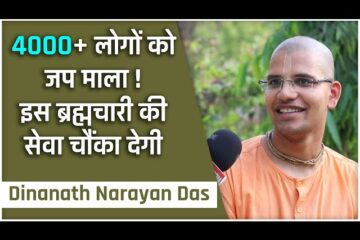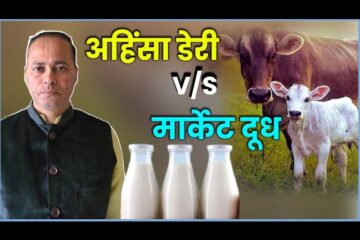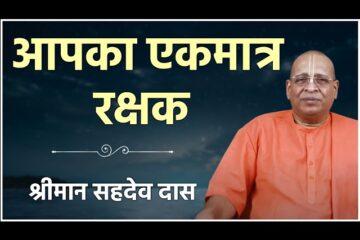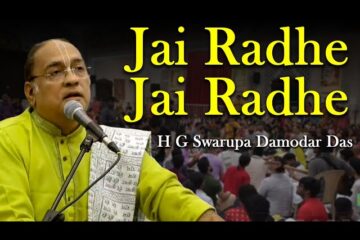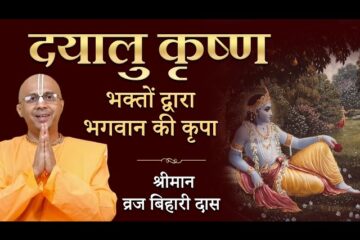The Sthalapurana of Ahobilam gives an account of nine forms of Narasimha worshipped here. In short, the Sthalapurana of the temple, which is said to be Brahmanda Puranatargata (part of Brahmanda Purana) with ten chapters, described the greatness of Kshetra in the first chapter. The second chapter of the Purana narrates the performance of the penance of Garuda for the darshana of the Lord. The third chapter gives an account of the sacred ponds of the place. The fourth chapter furnishes an account of the nine temples of Narasimha in his nine forms and performances of the penances by Bramha, Bharadvaja, Gobhila and Bhargava Rama. The fifth chapter relates the traditional story of Jaya and Vijaya and their birth as Hiranyaksha and Hiranyakasipu respectively and the assurance given by the Lord to the gods for their protection. The sixth chapter describes, at length, the child hood of Prahlada and the atrocities perpetrated against him by his father. The seventh chapter narrates the devotion of Prahlada of the Lord, birth of Lord Narasimha and the destruction of the demon, Hiranyaksha .The eighth chapter mentions the Sarabhavatara and his destruction by Lord Narasimha. The ninth chapter states explicitly the untiring efforts of Bhairava for the river Bhavanasini and his becoming Kshetrapala of the place. The last chapter clearly states that worship to the deity of the Lord is the only means for attaining salvation to the common people.
Besides Brahma, Lord Sri Ram and Lord Srinivasa, the most popular deity of Tirumala:
Tirupathi also worshipped is Lord Narasimha .The Lord of Ahobila Narasimha is referred to as “ Peria Perumal” (God of gods) in Sri Vaishnava tradition. It is stated that when Sri Rama was in the forest, we know from Seshadharma that he prayed to the Lord of Sri Ahobila with Panchamrta Stotra. In Archavatara, Lord Srinivasa had married Padmavati, only after offering worship to Sri Narasimha of this mountain.
Traditional accounts depicted in Ahobilam Kaifiyat:
In the days of yore when truth and dharma prevailed, Great heat was observable near the mountain cave of Ahobila. According to legend when grass was put in the cave, it caught fire and smoke emitted. Several great rishis lived here for a time. After sometime, with the knowledge thatthese great places would become common visiting place in the Kali age, they left for the northern lands,covering up the Narasimha cave with boulders.Traditionally, therefore this place is being called as Narasimha Kshetra.
Ahobila kaifiyat also mentions about King Prataprudra of Kaikitya dynasty becoming a deity of Lord Narasimha. Pratap maharaj was an ardent Shiva bhakti. So devoted was his worship that every morning before beginning his duties, he would first have a golden Shiva lingam cast , then he would worship the linga and later gift the lingam in charity. This daily puja of his was never altered. Once he went hunting near the Ahobala forest accompanied by his retinue of ministers, priests etc. As he was getting ready for his Shiva aradhana, it was brought to his notice that however hard the goldsmith tried his best to cast a Shiva Lingam, the lingam was forming itself into a NARASIMHA form. Everyone present was mystified. Without his Shiva aradhana and without taking any food, the king went to sleep that day. In his dream, Lord Narasimha appeared and dictated the king to renovate the temple at Ahobalam. Lord also directed the king to contact a boy Srinivasa and ask him to come to ahobilam to lay down the daily puja rituals etc. The king immediately arranged for the temple renovation. When word was sent to Srinivasacharya, son of Kidambi keshavacharya of Melkotte- he came to Ahobilam. Young srinivas was an erudite vaishnava scholar and had previously upheld the merits of Sri Ramanauja’s teachings in the court of King Krishnadevaraya of Vijayanagar. When Srinivasa reached ahobilam, the king handed him over the golden cast of Lord Narasimha to worship hence forth. The king Prataprudra also got became a vaishnava. Later Lord Narasimha personally appeared as a yogi and gave sannyasa to srinivasa and he became to be known as Satagopa yati. He became the founder of Ahobilam Matha and it is his successors who are now the Jeeyars of Ahobilam math. The Golden deity of Narasimha given to Srinivasa (Satagopa yati) is still in possession of Ahobilam matha jeeyars. It is said that during the festivals, this deity is carried up the hill to Upper ahobilam and then returns back to lower ahobilam. Invariably whenever lord is carried from upper ahobilam back down, it is said that heavy rainfall occurs (even today).
[To know more, visit – http://holydham.com/stories-from-sthala-purana/]














